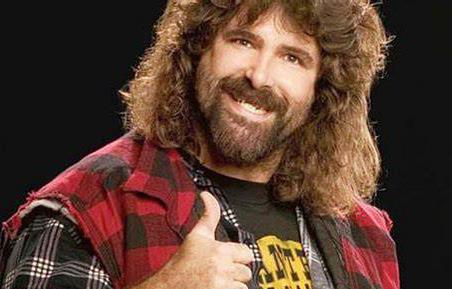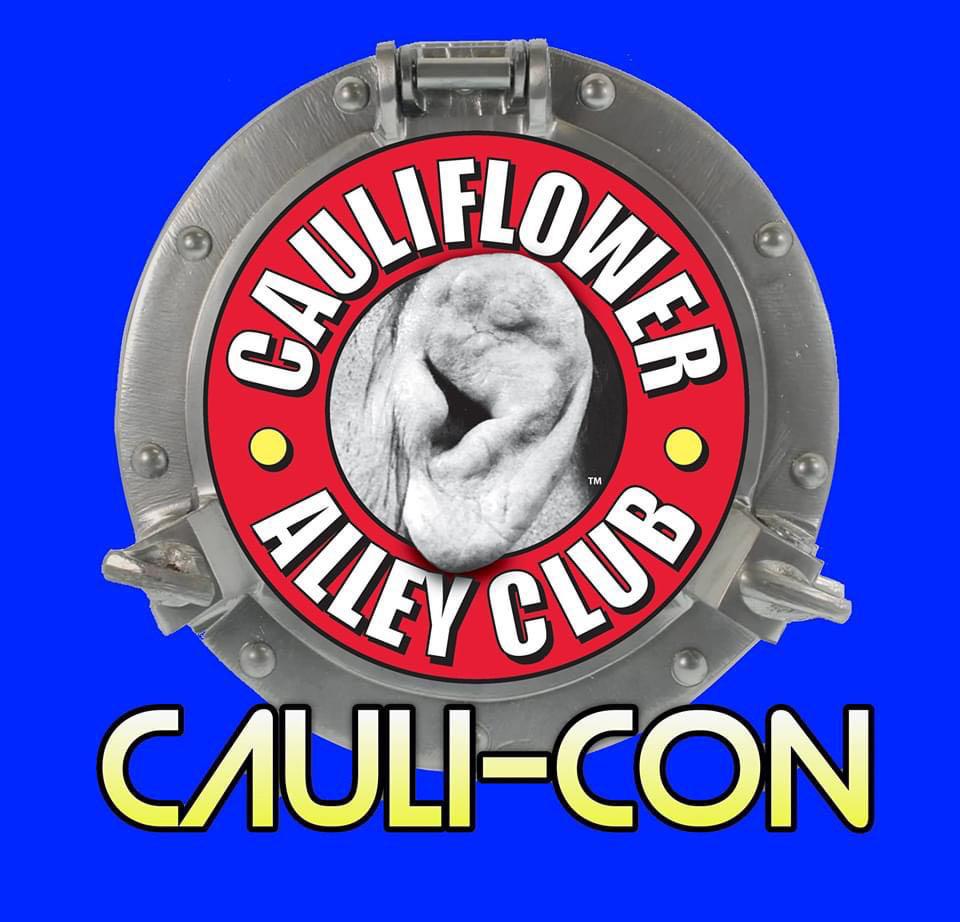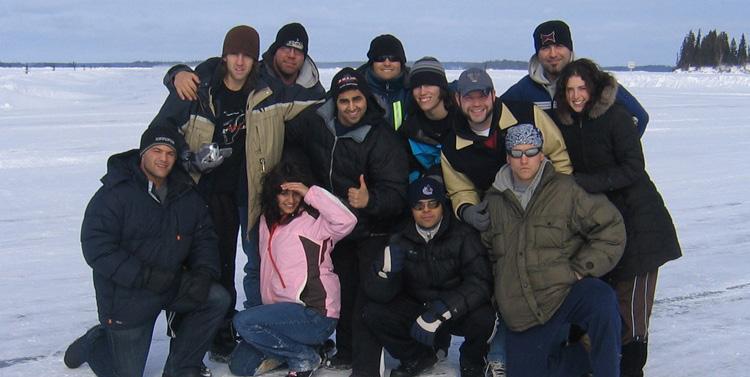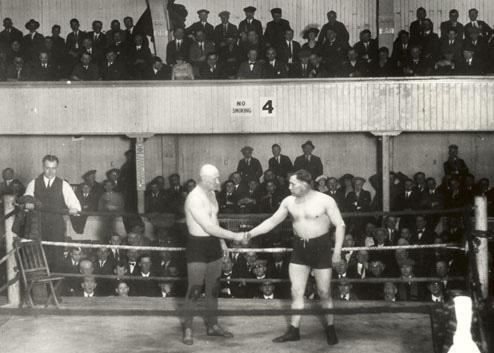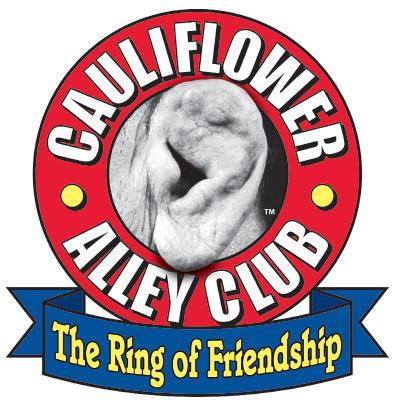
5 minute read
Remembering the Territories: Long Island
Remembering the Territories
Wrestlers and fans of today were not directly exposed to the period of wrestling in North America fondly remembered by long time fans as “the territories”. A lot has changed in the sport of wrestling since the era of regional fiefdoms, an era that produced some of wrestling’s most heralded stars and was responsible for full time employment for more travelling wrestlers than any other period in the sport’s history. This series focuses on the schedule, the talent, and the lifestyles of wrestlers during that period. In this issue: The forgotten territory: Long Island.
Advertisement
When wrestlers and historians talk about the “New York” territory, you are immediately supposed to pick up on it being a reference to WWE, WWF and/or the McMahon dynasty. Even if Vince McMahon Jr. has been based in Connecticut for decades, New York City was where the big happenings tended to happen, including Madison Square But not all the wrestling shows on Long Island took place at and Vince Sr. loved Mark because if they needed a favor,
Garden live events, “RAW” tapings at the Manhattan Center and the old WWF restaurant in Times Square.
Just a few dozen miles away from New York City is the strip of land known as “Long Island,” 118 miles long and 23 miles wide with over 7 million residents. It has been a prime destination for professional wrestling for decades. But as a result of being in the shadow of “the city,” it often feels like a “lost territory.” “I’m not from Long Island -- I’m from the Jersey Shore, which isn’t too far off, let’s be honest. But Long Island was one of those great places to wrestle in,” explained Hall Of Fame wrestler and DDPY founder Diamond Dallas Page. month at the Nassau Coliseum in the 70s. He was quite up and coming wrestlers didn’t have their first good match
“Always a hot crowd.” Current AEW star Maxwell Jacob Friedman agreed with DDP’s assessment: “Long Island has the reputation of being in New York City’s shadow, but it has definitely produced more legendary wrestlers than the city. Myself included.” Continued MJF: “Long Island has everything that a proper territory should have. Great venues, major events, wrestling schools, legendary performers who are from there, and future world champions. Like myself.” Patrick Fitzpatrick, F.K.A. DJ Phat Pat, agreed with MJF’s assessment: “There’s not a better concentrated area producing such influential people in wrestling both in and out of the ring over the past four decades.” Few wrestling families are more synonymous than the Harts of Calgary, Alberta, Canada. Yet not everyone realizes that Stu and Helen Hart met on the Island.” Explained Joseph Hasan: “Most people associate the Harts with Calgary and Canada. That Long Island can stake any claim to a piece of the Hart Dynasty’s legacy, is something which should make any local fan feel as proud as they are of connections influence as a whole: “Without Long Island, there’s no
to Mick Foley and Andy Kaufman.” Bret Hart’s first “WrestleMania” was the long-running event’s second edition, which partially took place at Long Island’s Nassau Coliseum. Continued Hasan: “If you focus on the Nassau portion, you had the first WrestleMania “Good Advice From Professional Wrestling”
matches of both Randy Savage and Jake Roberts, and a legendary moment in the Roddy Piper boxing match.” Said Coliseum was also the home of JCP’s “Bunkhouse Stampede” pay-per-view in 1988, “Summerslam” in 2002 and WWE “Evolution” in 2018.
One of Long Island’s biggest contributions to the wrestling business were what famed journalist Dave Meltzer dubbed “the Apter mags.” “Pro Wrestling Illustrated” and other the world about wresting. Explained Evan Ginzburg, a producer of “The Wrestler” and “350 Days”: “They were significant pre-Internet and cable TV, and made worldwide stars out of their featured wrestlers. On the cover regulars like Andre, Bruno, Superstar Graham, Dusty, Mil
Mascaras, etc. were all able to headline around the world due to their worldwide magazine exposure.” the Coliseum. “A lot of high schools ran WWWF shows,” Bill Apter -- who famously introduced Andy Kaufman to Jerry “The King” Lawler -- told me in August 2020 when talking about wrestling history. When later discussing forgotten Long Island greats, Apter told me about Mark Tendler, who was instrumental in training Mick Foley. “Vince Jr. someone picked up at an airport or something... Mark was a professional gopher of sorts, but they let him wrestle all the time... He was one of Bruno’s very closest friends.” Ginzburg says of Tendler: “I saw Mark Tendler virtually every popular with a large local following. Mark was fan-friendly, approachable, and always willing to sign an autograph.” He also told me of another often-forgotten local wrestling icon, Bobby Lomardi, the local indie promoter who ran the Doghouse and the Long Island Wrestling Federation. “He weaned future stars like Low Ki and Homicide. More importantly, he was a beloved father figure who kept a generation of kids off the street and out of trouble.” “Platinum” Max Caster, a graduate of Brian Myers and Pat Buck’s Create A Pro, pointed out recent successes of the school: “2 of the biggest recent influences on Long Island are Tony Nese and Alex Reynolds. I’ve heard it said that until they wrestled 1 of those 2 guys... Now seeing them on TV every week is continued inspiration for the guys who are still here trying to make it big.” To that statement, MJF added: “Name me a school [anywhere] that has produced more television and independent stars in the past year than Create A Pro.”
DDP further summed it up to me about Long Island’s ‘Apter mags,’ no Chris Jericho, no Kaufman feud with Jerry Lawler, no Mick Foley, no Create A Pro... Man, would wrestling be different without Long Island!”
DARREN PALTROWICZ
Long Beach, New York
Darren Paltrowitz is a New York based writer, podcaster and author, whose 2019 book magazines overseen by Bill Apter helped teach fans around
featured a foreword written by Diamond Dallas Page.


